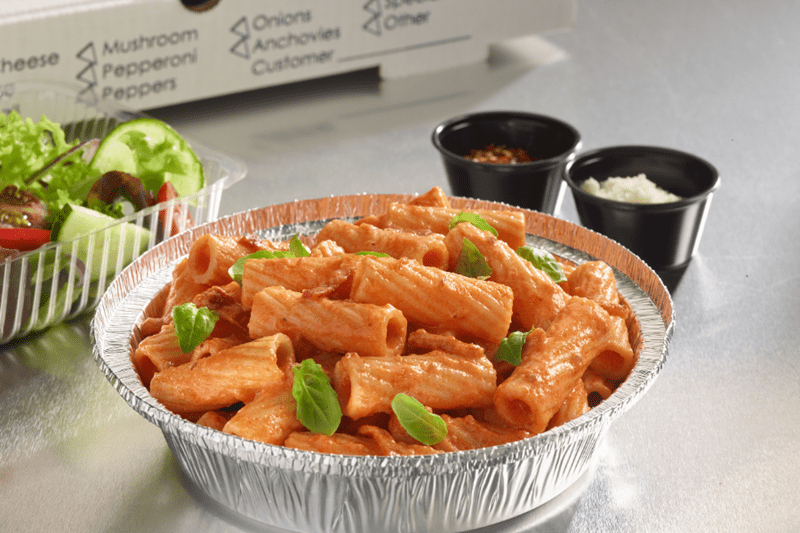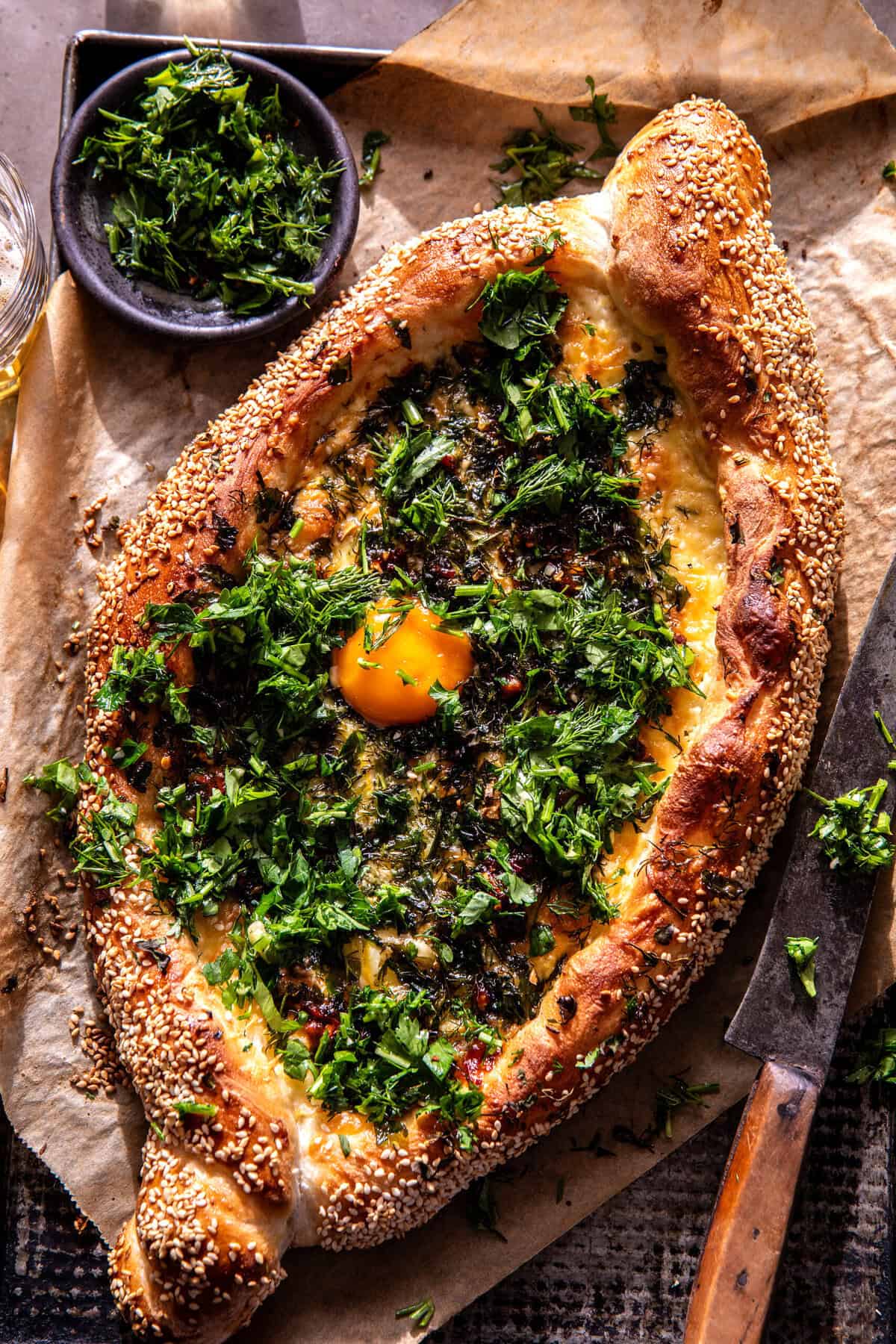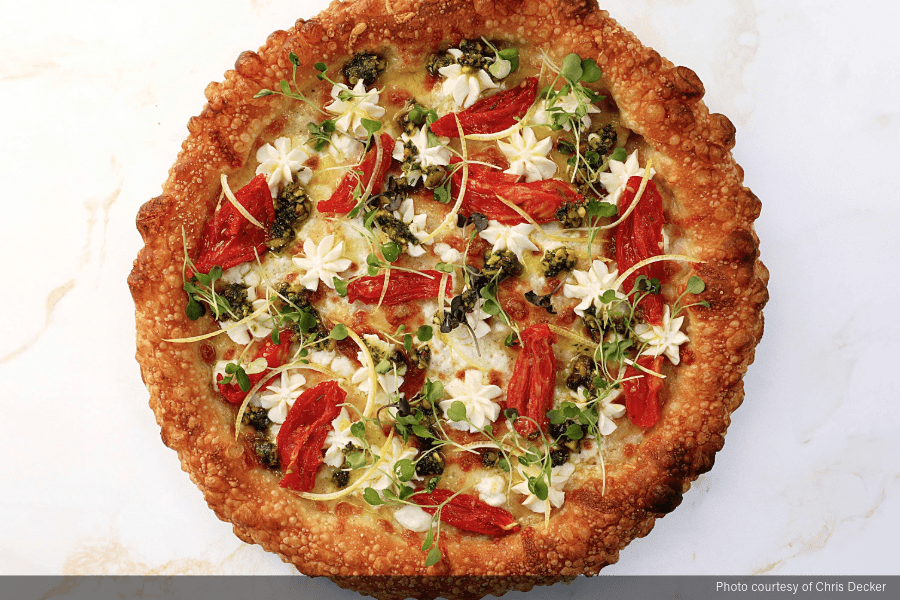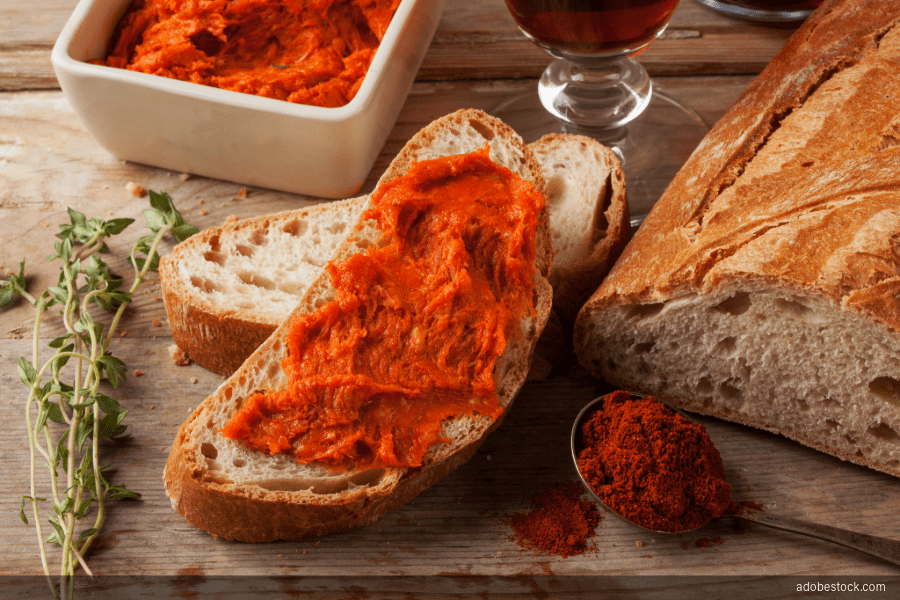





A: The completed dough temperature is diversified by making changes to the temperature of the water added to the dough. Colder water leads to a decrease completed dough temperature, and hotter water leads to a better completed dough temperature. For essentially the most half, the dough mixing time might be a relentless after you have decided the right mixing time to your particular dough. For many functions, we advocate a completed dough temperature within the 80 to 85 diploma vary. That is assuming your kitchen space could have a room temperature within the 70 to 80 F vary. Cooler or hotter kitchens might require a barely hotter or colder temperature vary.
There are two widespread methods to calculate the right water temperature wanted to reach at a predetermined completed dough temperature. One is the process given out by Lesaffre/Pink Star Yeast Company. This components merely requires that you just subtract the fl our temperature from 145, with the reply being the right water temperature to make use of.
The opposite is a bit completely different in that there are extra elements concerned, and it goes as follows: 3 times the specified completed dough temperature, minus the sum of the fl our temperature, room temperature, and friction issue (whereas this may be calculated, to your particular dough measurement and mixer, most individuals who use this methodology simply plug within the quantity 30 for the friction issue when a planetary sort mixer is used). The result’s the beneficial water temperature. In both case, the completed dough temperature might be near, or at, the focused completed dough temperature, and a slight adjustment within the water temperature should be required to zero in on the specified temperature. When making adjustments to the water temperature, we advocate that you just change it in 5 F increments, both up or down, as vital.
I hold listening to all these completely different views on how pizza dough ought to be combined. What’s your suggestion? Pizza dough, not like bread dough, ought to be beneath combined to some extent. The beneath mixing of the dough leads to incomplete gluten growth, which in flip helps to make the dough a bit simpler to ball. It additionally contributes to a extra open, coarse crumb construction within the completed/baked crust. Extreme mixing of the dough may end up in a troublesome, rubbery dough consistency when you’re attempting to around the scaled dough items into balls. However, even worse, it may well additionally lead to a finer, extra bread-like completed crumb construction within the baked crust. From a private perspective, I believe the one time it’s fascinating to totally develop the gluten construction in pizza dough is when you will produce frozen dough. In that software, you will discover that totally developed dough could have improved freezer tolerance and longer shelf life if the gluten is extra totally developed.
One of the best ways to establish correct dough/gluten growth in pizza dough is thru visible look of the dough throughout mixing. Close to good dough growth could be achieved by mixing the dough simply till it takes on a easy, satiny look. At that time, you’ll be able to cease mixing and be assured that the dough is correctly combined for 90 % of our functions.
One other, and possibly a bit extra correct methodology of assessing correct dough growth is to take away a hen’s-egg piece of dough from the mixer and type it right into a ball. Then, bending the fingers of each palms inward on the second knuckle, deliver your palms collectively so the again of your fingers are touching. Orient the dough ball so it’s on prime of your finger suggestions, and convey your thumbs all the way down to seize the dough ball between your finger suggestions and thumbs. Now, roll your palms downward, inflicting your thumbs to tug on the dough ball, stretching the pores and skin. If the dough pores and skin reveals indicators of tearing, you may need to combine the dough a bit longer. If it doesn’t tear, the dough is correctly combined.
Due to the under-mixed nature of a pizza dough, it actually doesn’t make a lot distinction if we obtain the dough growth utilizing low or medium pace on the mixer. It simply takes much less time if we are able to use medium pace.
On the final Pizza Expo I heard you point out that it isn’t vital to place the yeast (compressed) into the water to dissolve earlier than including the fl our and different substances. If you happen to don’t do that, how will it get combined into the dough?
Compressed yeast, a.ok.a. contemporary yeast, is definitely greatest added on to the fl our, a lot in the identical approach that immediate dry yeast (IDY) is added. It really goes into the dough fairly simply, with little or no mixing motion required. The one time that I ever advocate suspending the compressed yeast within the water is when a VCM sort of mixer is used. On this case, the blending time is so brief, measured in seconds, that suspending it within the water is the one certain approach to make sure that it’s completely and uniformly distributed all through the dough.
The identical suggestion is made when making a cracker sort dough, once more for a similar purpose. On this case, the blending time is even shorter, usually a minute or much less, and on this particular case, we go as far as to advocate that the salt, sugar and yeast are all added to the water within the mixing bowl and stirred collectively for a couple of seconds previous to including the flour.
This is without doubt one of the few occasions after I ever advocate mixing the yeast, salt and sugar (if used) collectively within the water, however it’s the one solution to get them evenly distributed all through the dough in view of the very brief mixing time. It isn’t a lot a matter of the salt and sugar instantly damaging the yeast and impairing its potential to ferment a dough; however, relatively, if the salt, sugar and yeast are allowed to set within the mixing bowl for an prolonged time period earlier than the fl our is added and the blending process began (like that by no means occurs), there’s a likelihood that the yeast could be broken. The end result can be a softer-than anticipated dough consistency, undesirable dough stickiness — and presumably a discount in refrigerated shelf life. ?
Tom Lehmann is a director on the American Institute of Baking in Manhattan, Kansas.






A: The completed dough temperature is diversified by making changes to the temperature of the water added to the dough. Colder water leads to a decrease completed dough temperature, and hotter water leads to a better completed dough temperature. For essentially the most half, the dough mixing time might be a relentless after you have decided the right mixing time to your particular dough. For many functions, we advocate a completed dough temperature within the 80 to 85 diploma vary. That is assuming your kitchen space could have a room temperature within the 70 to 80 F vary. Cooler or hotter kitchens might require a barely hotter or colder temperature vary.
There are two widespread methods to calculate the right water temperature wanted to reach at a predetermined completed dough temperature. One is the process given out by Lesaffre/Pink Star Yeast Company. This components merely requires that you just subtract the fl our temperature from 145, with the reply being the right water temperature to make use of.
The opposite is a bit completely different in that there are extra elements concerned, and it goes as follows: 3 times the specified completed dough temperature, minus the sum of the fl our temperature, room temperature, and friction issue (whereas this may be calculated, to your particular dough measurement and mixer, most individuals who use this methodology simply plug within the quantity 30 for the friction issue when a planetary sort mixer is used). The result’s the beneficial water temperature. In both case, the completed dough temperature might be near, or at, the focused completed dough temperature, and a slight adjustment within the water temperature should be required to zero in on the specified temperature. When making adjustments to the water temperature, we advocate that you just change it in 5 F increments, both up or down, as vital.
I hold listening to all these completely different views on how pizza dough ought to be combined. What’s your suggestion? Pizza dough, not like bread dough, ought to be beneath combined to some extent. The beneath mixing of the dough leads to incomplete gluten growth, which in flip helps to make the dough a bit simpler to ball. It additionally contributes to a extra open, coarse crumb construction within the completed/baked crust. Extreme mixing of the dough may end up in a troublesome, rubbery dough consistency when you’re attempting to around the scaled dough items into balls. However, even worse, it may well additionally lead to a finer, extra bread-like completed crumb construction within the baked crust. From a private perspective, I believe the one time it’s fascinating to totally develop the gluten construction in pizza dough is when you will produce frozen dough. In that software, you will discover that totally developed dough could have improved freezer tolerance and longer shelf life if the gluten is extra totally developed.
One of the best ways to establish correct dough/gluten growth in pizza dough is thru visible look of the dough throughout mixing. Close to good dough growth could be achieved by mixing the dough simply till it takes on a easy, satiny look. At that time, you’ll be able to cease mixing and be assured that the dough is correctly combined for 90 % of our functions.
One other, and possibly a bit extra correct methodology of assessing correct dough growth is to take away a hen’s-egg piece of dough from the mixer and type it right into a ball. Then, bending the fingers of each palms inward on the second knuckle, deliver your palms collectively so the again of your fingers are touching. Orient the dough ball so it’s on prime of your finger suggestions, and convey your thumbs all the way down to seize the dough ball between your finger suggestions and thumbs. Now, roll your palms downward, inflicting your thumbs to tug on the dough ball, stretching the pores and skin. If the dough pores and skin reveals indicators of tearing, you may need to combine the dough a bit longer. If it doesn’t tear, the dough is correctly combined.
Due to the under-mixed nature of a pizza dough, it actually doesn’t make a lot distinction if we obtain the dough growth utilizing low or medium pace on the mixer. It simply takes much less time if we are able to use medium pace.
On the final Pizza Expo I heard you point out that it isn’t vital to place the yeast (compressed) into the water to dissolve earlier than including the fl our and different substances. If you happen to don’t do that, how will it get combined into the dough?
Compressed yeast, a.ok.a. contemporary yeast, is definitely greatest added on to the fl our, a lot in the identical approach that immediate dry yeast (IDY) is added. It really goes into the dough fairly simply, with little or no mixing motion required. The one time that I ever advocate suspending the compressed yeast within the water is when a VCM sort of mixer is used. On this case, the blending time is so brief, measured in seconds, that suspending it within the water is the one certain approach to make sure that it’s completely and uniformly distributed all through the dough.
The identical suggestion is made when making a cracker sort dough, once more for a similar purpose. On this case, the blending time is even shorter, usually a minute or much less, and on this particular case, we go as far as to advocate that the salt, sugar and yeast are all added to the water within the mixing bowl and stirred collectively for a couple of seconds previous to including the flour.
This is without doubt one of the few occasions after I ever advocate mixing the yeast, salt and sugar (if used) collectively within the water, however it’s the one solution to get them evenly distributed all through the dough in view of the very brief mixing time. It isn’t a lot a matter of the salt and sugar instantly damaging the yeast and impairing its potential to ferment a dough; however, relatively, if the salt, sugar and yeast are allowed to set within the mixing bowl for an prolonged time period earlier than the fl our is added and the blending process began (like that by no means occurs), there’s a likelihood that the yeast could be broken. The end result can be a softer-than anticipated dough consistency, undesirable dough stickiness — and presumably a discount in refrigerated shelf life. ?
Tom Lehmann is a director on the American Institute of Baking in Manhattan, Kansas.










